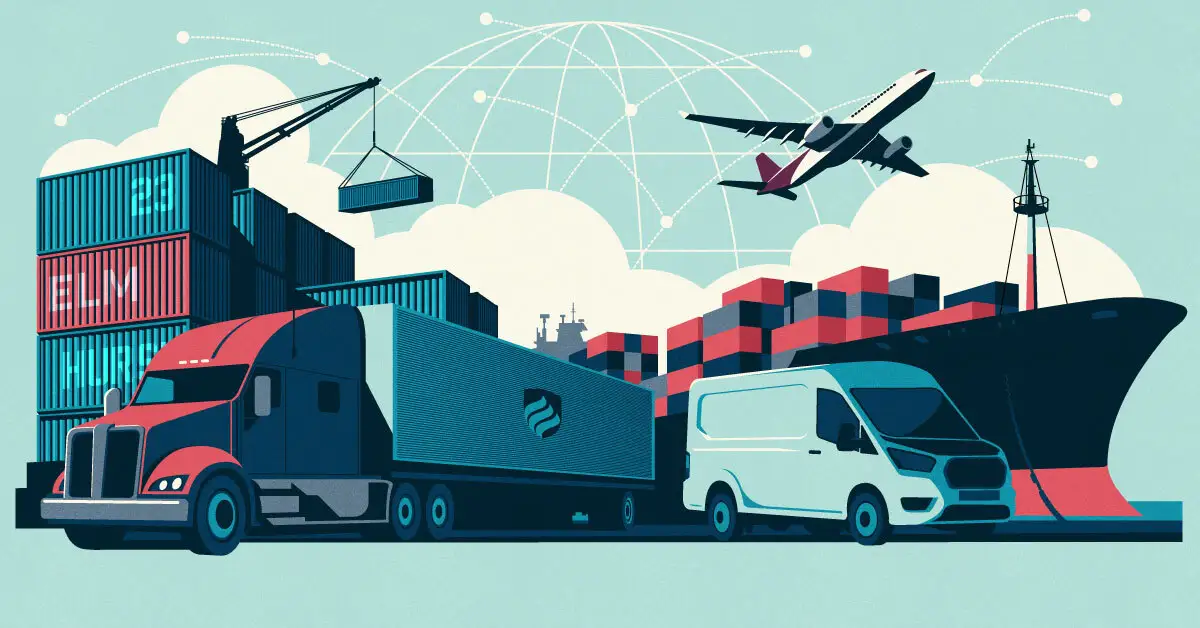In the opening quarter of 2025, American retailers are feeling the heat. The reimplementation of tariffs on goods imported from China and Mexico—introduced as part of former President Donald Trump’s renewed trade agenda—has quickly made waves in the retail landscape. For retail giants like Walmart, Target, and Home Depot, the consequences have been swift and severe: shrinking margins, delayed shipments, and increased retail prices for consumers. As new tariffs on Chinese and Mexican goods take hold, major U.S. retailers like Walmart and Target face rising import costs and squeezed profit margins.
As global supply chains continue to feel the tremors of protectionist policies, procurement leaders and business strategists must now recalibrate their forecasts and sourcing strategies. The United States, while attempting to bolster domestic manufacturing and protect intellectual property, finds itself in a precarious position—balancing inflation control with trade tensions.
In this comprehensive breakdown, we’ll examine how these tariffs are affecting major U.S. retailers, explore the numbers behind the headlines, and gain insight from industry experts like Mattias Knutsson, a strategic leader in global procurement and business development.
The Return of Tariffs: What Changed in 2025?
Following the 2024 elections and amid rising concerns over national security and job outsourcing, Trump-era trade policies saw a resurgence. New tariffs include:
| Country | Category | Tariff Rate (2025) | Previously |
|---|---|---|---|
| China | Electronics, tools, toys | 25% | 7.5% |
| China | Furniture, appliances | 20% | 10% |
| Mexico | Agricultural imports | 15% | 0% |
| Mexico | Automotive parts | 20% | 5% |
These policies were framed as efforts to decouple critical industries from foreign dependency. However, many economists argue that the short-term effects disproportionately hurt U.S. consumers and businesses.
Retailers Tariffs Profit Margins Take a Hit
Reports from Q1 2025 earnings calls show a clear pattern:
- Walmart saw its gross margins fall by 1.2% YoY, citing increased costs in electronics and home goods.
- Target reported a 0.9% drop in net profit margin, driven primarily by tariff-driven hikes in toy and clothing imports.
- Home Depot experienced slower sales growth in categories like tools and fixtures due to higher retail prices passed on to consumers.
Key Financial Metrics (Q1 2025)
| Retailer | Gross Margin (%) | YoY Change | Notable Impacted Goods |
|---|---|---|---|
| Walmart | 23.4 | -1.2 | TVs, kitchen appliances |
| Target | 27.6 | -0.9 | Toys, electronics, apparel |
| Home Depot | 33.1 | -0.7 | Tools, lighting, décor |
Consumer Impact: Price Increases and Shopping Shifts

According to data from the Bureau of Labor Statistics (BLS), consumer goods inflation in Q1 2025 rose by 4.2% year-over-year, with electronics up 6.1% and home furnishings up 5.7%. Shoppers are feeling the pinch, and budget-conscious consumers are switching to private-label brands or delaying non-essential purchases.
Retailers are responding with:
- Increased promotion of American-made or alternative-country imports
- Larger investments in price-match programs
- Strategic inventory reductions
Supply Chain Disruptions and Inventory Strategy
The tariffs have reintroduced complexity into global supply chains. Key challenges include:
- Rerouting orders from China to Vietnam, India, and Indonesia
- Longer lead times due to reduced supplier availability
- Rising freight costs due to limited port capacities in alternative sourcing countries
Retailers have begun forming new supplier relationships and are renegotiating contracts to include tariff mitigation clauses. However, experts warn that supply chain reorganization is a slow and costly process.
What Industry Leaders Are Saying
Brian Cornell, CEO of Target:
“We’re not just facing higher prices. We’re dealing with a fundamental reshaping of our supplier network. Flexibility is now key.”
Doug McMillon, CEO of Walmart:
“We’re adapting, but we urge policymakers to consider the burden on American families. Tariffs are not just numbers—they affect lives.”
Global Trade Reactions
The ripple effects of U.S. tariffs are being felt abroad:
- China has lodged formal complaints with the World Trade Organization.
- Mexico is considering retaliatory tariffs on U.S. grains and meat exports.
- The European Union is reassessing its trade strategies with the U.S., wary of increasing volatility.
These dynamics are contributing to a more fragmented global trade environment, where alliances and partnerships shift quickly.

Procurement Expert View: Mattias Knutsson
Mattias Knutsson, a seasoned expert in procurement and global business development, views the current landscape as both a challenge and an opportunity.
“Retailers must evolve from just-in-time to just-in-case models. Diversification is no longer optional—it’s essential for resilience. Procurement teams need better forecasting tools and stronger geopolitical awareness to navigate this new terrain.”
He also emphasizes the importance of vertical integration and nearshoring for long-term stability.
“Those who adapt their supplier ecosystems now will outperform in the next downturn. This is a strategic inflection point.”
Conclusion:
Tariffs are reshaping the DNA of retail operations. While initially intended to protect U.S. manufacturing, they are pushing retailers to increase prices, compress margins, and reevaluate supply chain strategies.
Retailers like Walmart, Target, and Home Depot are navigating the storm with proactive measures—diversifying supply bases, investing in forecasting tools, and reshaping procurement operations. But the challenges are far from over.
For the consumer, it means paying more. For the retailer, it means being smarter.
As Mattias Knutsson aptly summarizes: “In a world of rising walls, the best companies will be those that build smarter bridges.”





